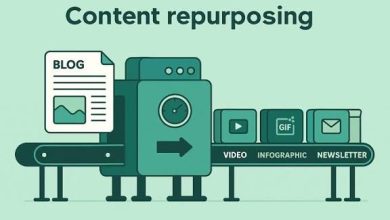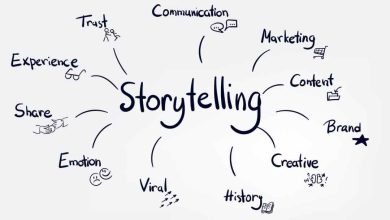Key Performance Indicators for Social Media Goals
How Ilorin entrepreneurs can use Key Performance Indicators to set smarter social media goals and track real business growth.

A fatal mistake most small businesses make is to open a social media page and start posting. When it comes to business growth, it is not enough to simply create social media accounts and start posting. You need to track your progress with Key Performance Indicators (KPIs) for social media goals.
This is the measurable values that show how effectively your business is achieving its social media goals. In fact, knowing your KPIs from the start helps you make smarter decisions on the type of content to produce, how much to invest in ads, and which platforms to focus on.
Without this clarity, you risk wasting energy on efforts that do not move your brand forward. Before setting KPIs, you must always ask: “What is my goal?” Are you trying to build brand awareness, generate direct sales, or nurture customer loyalty?
Your answer determines the kind of KPIs that matter most to your business. This brings us to an important distinction: the difference between meaningful KPIs and vanity metrics.
Vanity Metrics vs. Real KPIs
A vanity metric is a number that looks impressive on the surface but adds little value to your bottom line. For example, follower count is often celebrated, yet it does not necessarily translate into paying customers or long-term loyalty.
Vanity metrics may boost confidence in the short term, but they should never be mistaken for true indicators of success. Real KPIs, on the other hand, are tied to business goals and help you make informed decisions.
Four Key Social Media KPIs
There are four main categories of social media KPIs that every business should track. Each provides a different lens for measuring performance, and together they give a complete picture of your brand’s digital health.
1. Reach
Reach simply measures how far your message travels and how many people come across your content. While it can sometimes feel like a “fluffy” KPI, it still matters because it shows your visibility in the marketplace.
KPIs for Reach include:
- Follower count
- Impressions
- Mentions
- Share of voice (this is how often your brand is discussed compared to competitors)
For example, a fashion entrepreneur at Challenge posting a new Ankara collection on Instagram can use reach KPIs to see how many people viewed or mentioned her brand. If her designs are regularly spotted in conversations, it shows that visibility is growing.
2. Engagement
Engagement is like an older sister of reach. It goes a step further by measuring how people interact with your content.
Unlike reach, engagement indicates that your audience is not just seeing your posts but also finding value in them.
KPIs for Engagement include:
- Comments
- Shares or retweets
- Ratings and reviews
- Inbound website links
- Likes or favourites (though these lean towards vanity metrics)
Think of a restaurant in Tanke sharing daily specials on Instagram Stories. When students from the University of Ilorin comment on the posts, share them with friends, or leave reviews on Google, those engagement KPIs reveal how interactive and relatable the brand has become.
3. Return on Investment (ROI)
This is the KPI that speaks directly to your bottom line. ROI shows whether your social media activities are delivering tangible financial returns.
It highlights the effectiveness of your campaigns in driving revenue and reducing costs.
KPIs for ROI include:
- Direct sales revenue generated from social media orders
- Lead conversion (e.g., email sign-ups, downloads)
- Customer support costs per customer
- Customer lifetime value
For instance, a tech gadget store at Post Office running a sponsored Facebook ad for affordable earphones can measure ROI by tracking how many WhatsApp or walk-in orders came directly from the campaign.
Comparing ad spend with revenue generated shows if the promotion was worth it.
4. Retention and Loyalty
Social media is not just about attracting new customers; it is also about keeping the ones you already have.
Retention KPIs reflect how satisfied your customers are and whether they continue engaging with your brand over time.
KPIs for Retention and Loyalty include:
- Reviews and ratings
- Issues resolved
- Service level agreements met
- Time to resolution
- Customer satisfaction scores
- Customer sentiment (positive or negative feedback online)
Take a skincare brand, say the EJ Cosmetics, as an example. When customers return monthly to reorder products and leave positive reviews on Instagram or Jumia, those are signs of strong retention.
Quick responses to delivery complaints or product exchanges further boost customer satisfaction, strengthening loyalty.
Conclusion
Key performance indicators for social media goals are not just numbers on a report; they are a compass that guides your social media strategy. When chosen wisely, KPIs help you identify what’s working, what needs adjustment, and where to channel your resources for maximum impact.
Business owners in Ilorin and beyond must therefore go beyond vanity metrics and embrace KPIs that reflect real business outcomes.
In the long run, consistently tracking key performance indicators for social media goals will not only refine your goals but also drive growth, loyalty, and profitability.




